Top 5 Tradie Hacks You’ve (Probably) Never Heard Of
As a tradie, you need to have proper training and knowledge of the safety regulations to provide professional services. However, not everything about your craft is learned from trade school. Many of the techniques that can help you get the job done fast are learned through experience and actual practice. Sometimes, you may even face situations that are trickier than getting approved for a tradie loan.
Nevertheless, there are many strategies that can help you become more efficient and productive in your craft. Below are five tradie hacks that you can use when the situation calls for it:
1. Rusty old tools? Clean with Coca-Cola
Coca-cola is the quintessential soft drink but it is not only good for quenching thirst. It is also a popular cleaning agent among many tradies and DIYers who work with metal tools. How so? Its phosphoric acid interacts with iron oxide to dissolve rust. Thus, it serves an alternative cleaning solution for rusty tools. The phosphoric acid in coke is also lower than in commercial cleaners, which means that it is safe both for drinking and for cleaning.
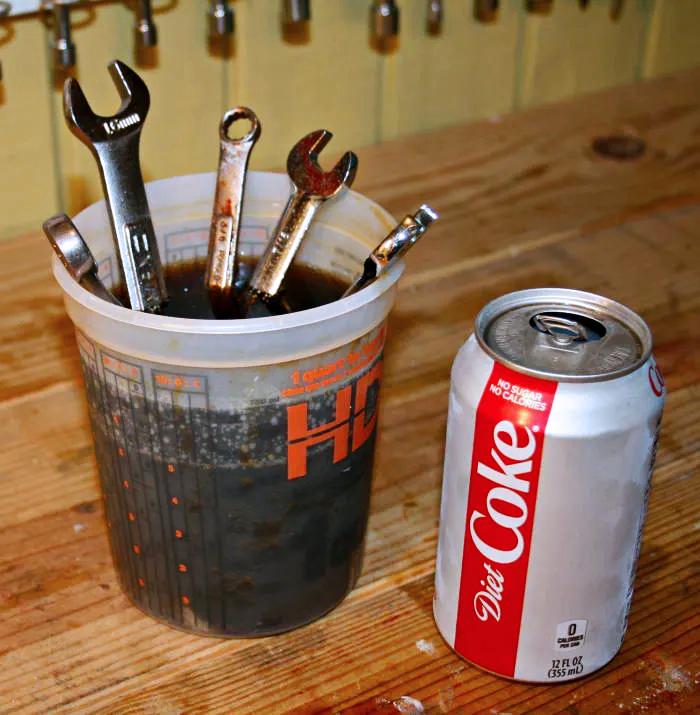 Source: passagemaker.com
Source: passagemaker.com
To clean rusty tools with carbonated cola drink:
- Grab a can or bottle of coke. Diet Coke is highly recommended because it is less sticky and leaves less syrup residue.
- Get a plastic or glass container that’s large enough to put the rusty tool in.
- Fill the container with coke and let the tool soak for 24 hours.
- Remove the item from the container after 24 hours and scrub the rust off with a nonmetal scrubbing pad. If not all rust is wiped off, soak back the tool in the cola. This process can take a few days.
- If the tool is too big to be soaked in coke, saturate a scrubbing sponge with the beverage and scrub the rust stain.
- For chrome items, crumple a piece of aluminium foil (which acts like a mild abrasive) dipped in coke to rub the rust out off the item.
- Clean the item with soap and water thoroughly to remove remaining debris then let it dry.
- Coat the tool with oil to prevent future rusting.
2. Sandpaper dirt? Use an old sneaker
As silly as it may sound, old sneakers and rubber shoes can be used to clean sanders. Of course, the official tool for cleaning sandpaper dirt is an abrasive cleaning stick. However, if you don’t want to spend money on it, simply look for throwaway shoes with rubber soles. Aside from savings, your busted old shoes can have one final noble act before you put them out of their misery.
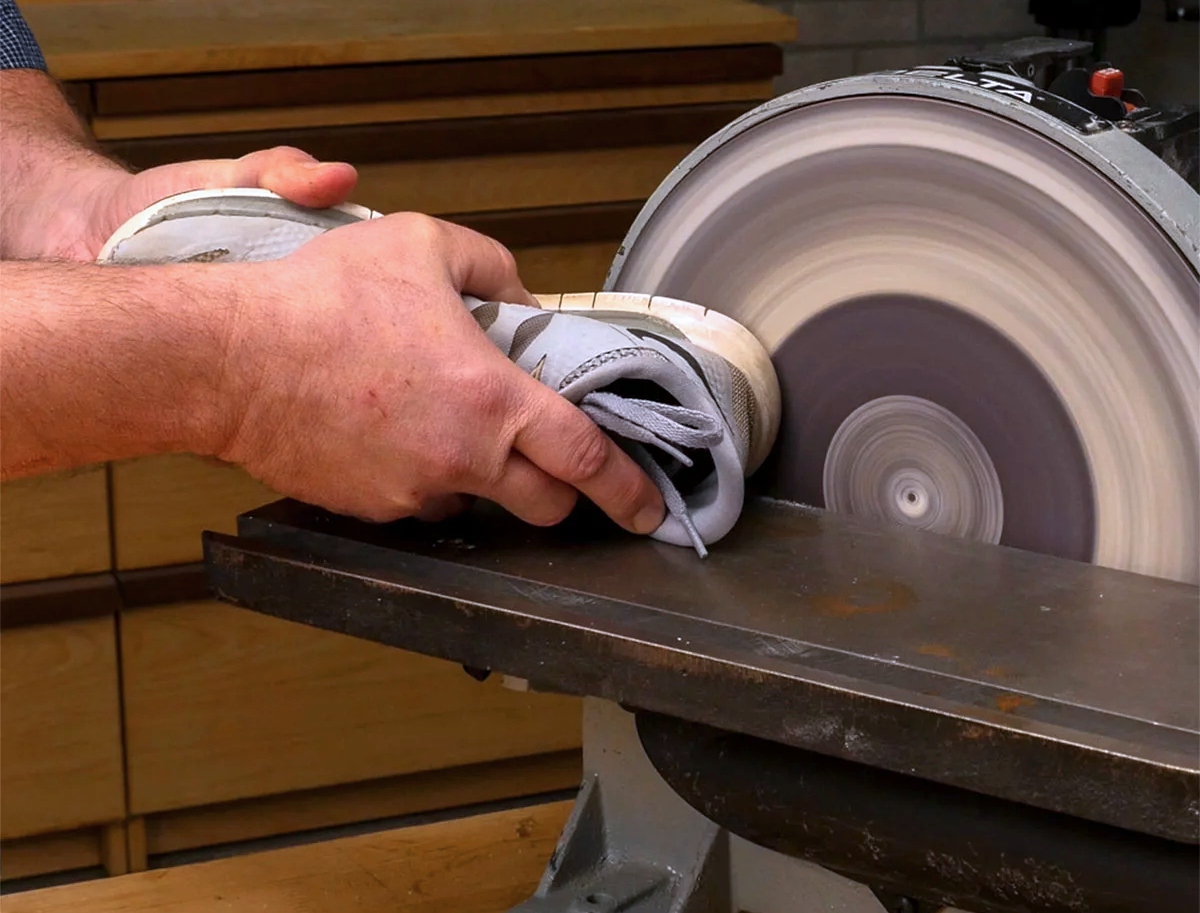 Source: familyhandyman.com
Source: familyhandyman.com
To clean sander with a shoe:
- Wear hearing and eye protection.
- Power up your sander and dust collection system.
- Slowly press the rubber sole of your old sneaker on the sandpaper.
The result is immediately noticeable: a clean sander with a subtle smell of hot rubber in the air.
3. Squeegee? Mixing Concrete? Grab a rake
A squeegee is a tool designed for cleaning glass windows, tiled surfaces, fogged mirrors, and soapy shower doors. If you need to clean these flat surfaces fast but don't have a squeegee, improvise using a garden rake. How? Simply:
- Get a piece of pipe insulation.
- Fasten it to the back of the rake using a couple of cable ties.
It works like a charm. You won’t also need to take the pipe insulation off to use the rake.
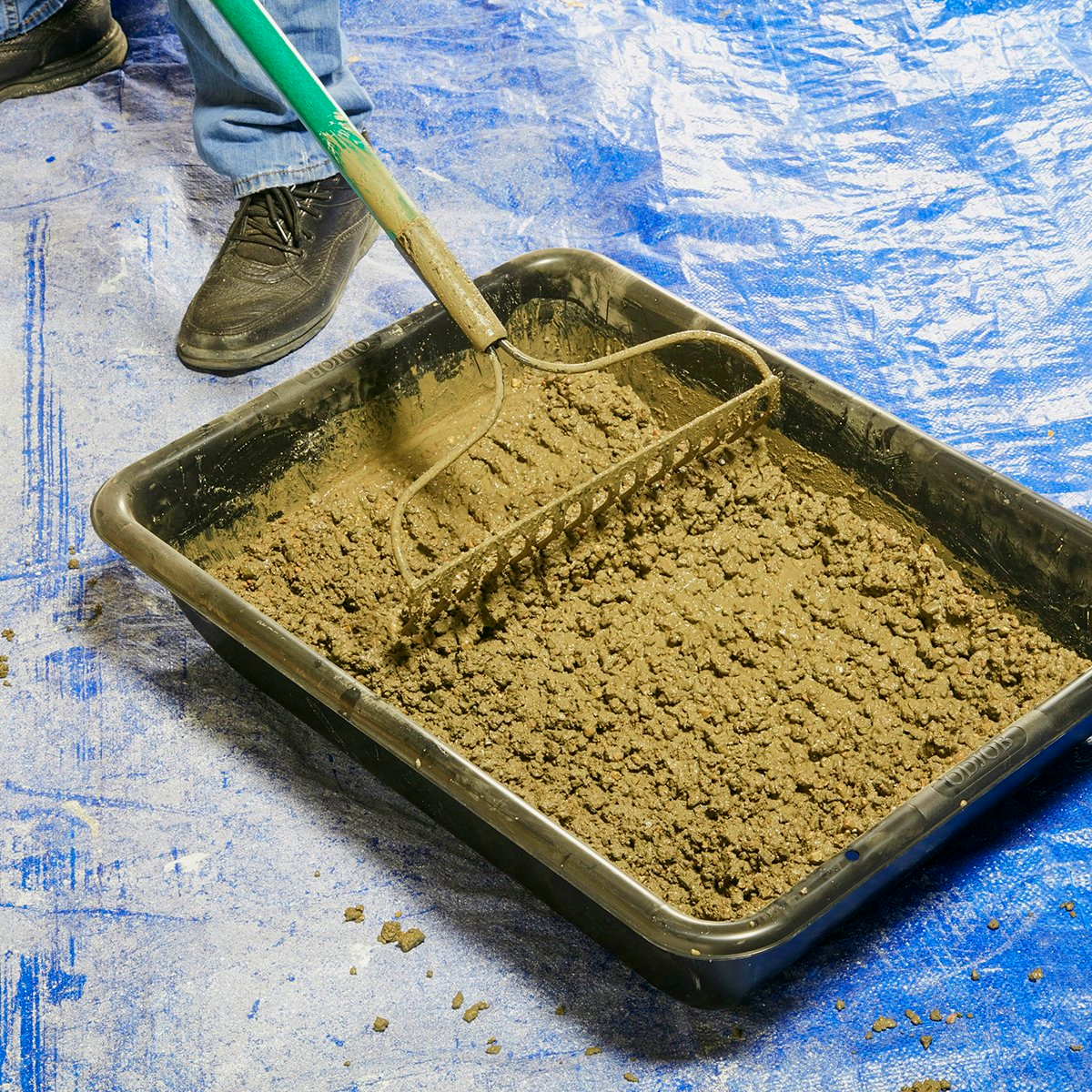 Source: constructionprotips.com
Source: constructionprotips.com
You can also use a rake to mix concrete. Unlike a hoe or a shovel, your trusty garden rake won’t splash as much water over the edge of the drum- or pan-type mixer or a wheelbarrow. Its sharp points also combine the water with the powder more efficiently. No more time and energy wasted on pushing powder around the tub.
Doing this is easy-peasy, but if you need a step-by-step guide:
- Dump a bag of cement into the mixer or wheelbarrow. (The less concrete you put, the easier the mixing process but the more you need to repeat it until you have enough mixed concrete. Your call.)
- Add water to the concrete per the mix ratio. Water to cement ratios of 0.45 to 0.60 are typically used. (The less water you mix with the concrete, the harder the mixing but the stronger and more durable the concrete).
- Mix it up well with the rake.
- You can also use the rake to spread and roughly level the concrete before it hardens.
4. Tough hole and scrubbing jobs? Do the drill
A drill is used for drilling holes, you may already know that. What you may not realise, however, is that it can be used to make holes outside of wooden and cement walls.
You can use a drill to make a hole in hard or frozen soil.
You can also use a drill to make pilot holes on a temperamental material that can easily split when you hammer a nail into it. You can even make pilot holes even if you don't have the proper size bit on hand. How?
- Lop of the head of the nail.
- Insert the nail body into the drill chuck.
- Drill away.
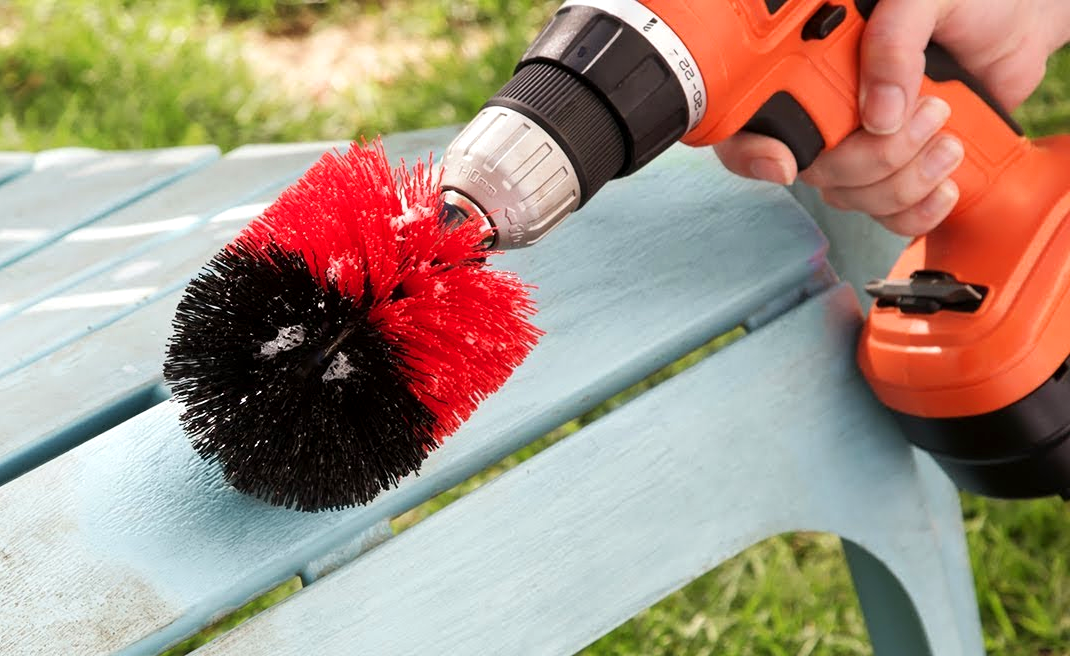 Source: thegrommet.com
Source: thegrommet.com
A drill can also be used for brushing, especially when you want to avoid elbow grease or don’t have the time to complete a big scrubbing job. This can be done by chucking a brush into the drill:
- Cut off the handle of an ordinary plastic scrub brush.
- Drill a hole through the centre of the brush head.
- Insert a bolt into the hole, making sure that it sticks out the back of the brush head.
- Screw a nut all the way onto the bolt
- Tighten the nut against the brush with a pair of pliers to secure it.
- Open up the chuck on your drill.
- Stick the brush attachment on the drill.
- Tighten the chuck.
Voila! You’re all set to clean.
5. Hammering small nails? Use these Finger Savers
Hammering small nails—so small that they’re difficult to hold with your fingers—onto wooden surfaces puts you at a greater risk of injuring your fingers. To avoid this from happening, use any of these hacks depending on which situation you’re in:
Put the tiny nail on a piece of paper or plastic lid
- Grab a strip of paper or a small plastic lid
- Trim the paper or plastic lid with a scissor.
- Make a small hole on the paper then cut a slit leading away from the hole. If using a plastic lid, you may need a drill to make the hole.
- Put the small nail on the hole.
- Hold the paper or lid as you position the nail on the target spot and hammer away.
- Pull the paper or lid from the nail once it is secured in place.
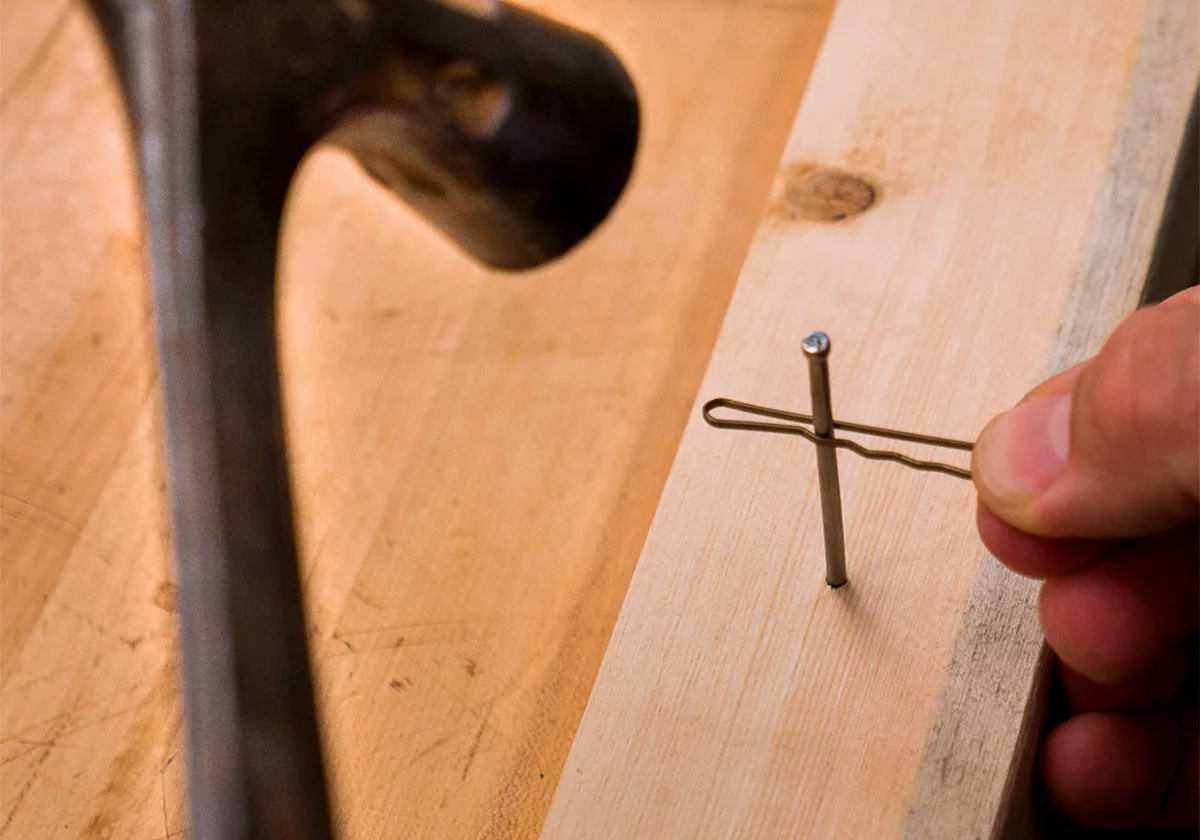 Source: familyhandyman.com
Source: familyhandyman.com
Hold the nail with a bobby pin
A common bobby pin can hold the nail in place and keep your fingers at a safe distance from the hammer. Once the nail is half secured in place, remove the bobby pin and continue pounding the nail until it has been fully hammered into your desired spot.
These are just five of the many tradie hacks that can help improve your productivity and efficiency. By making complex tasks simpler and easier to do, you will have more time and energy to do more of the things that matter to you.
Positive Lending Solutions support tradies by helping you get the financing you need to purchase tools and equipment. Talk to one of our loan specialists on 1300 722 210 or apply for a Loan Pre-Approval now.
See also:
7 Ways to Save More as a Tradie
Using Lender Finance vs Savings Account to Grow Your Tradie Business
-Never-Heard-Of-Before.png)
.png)
.png)